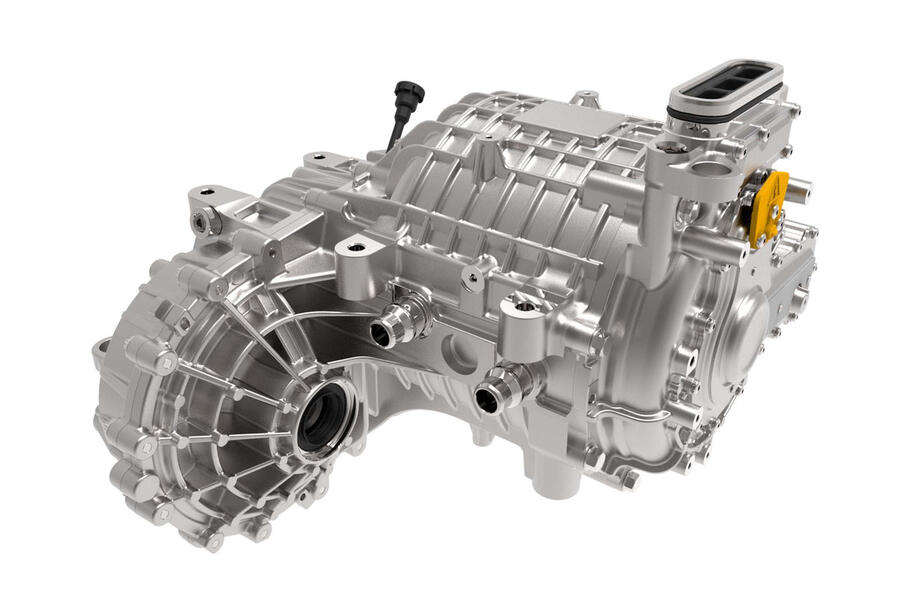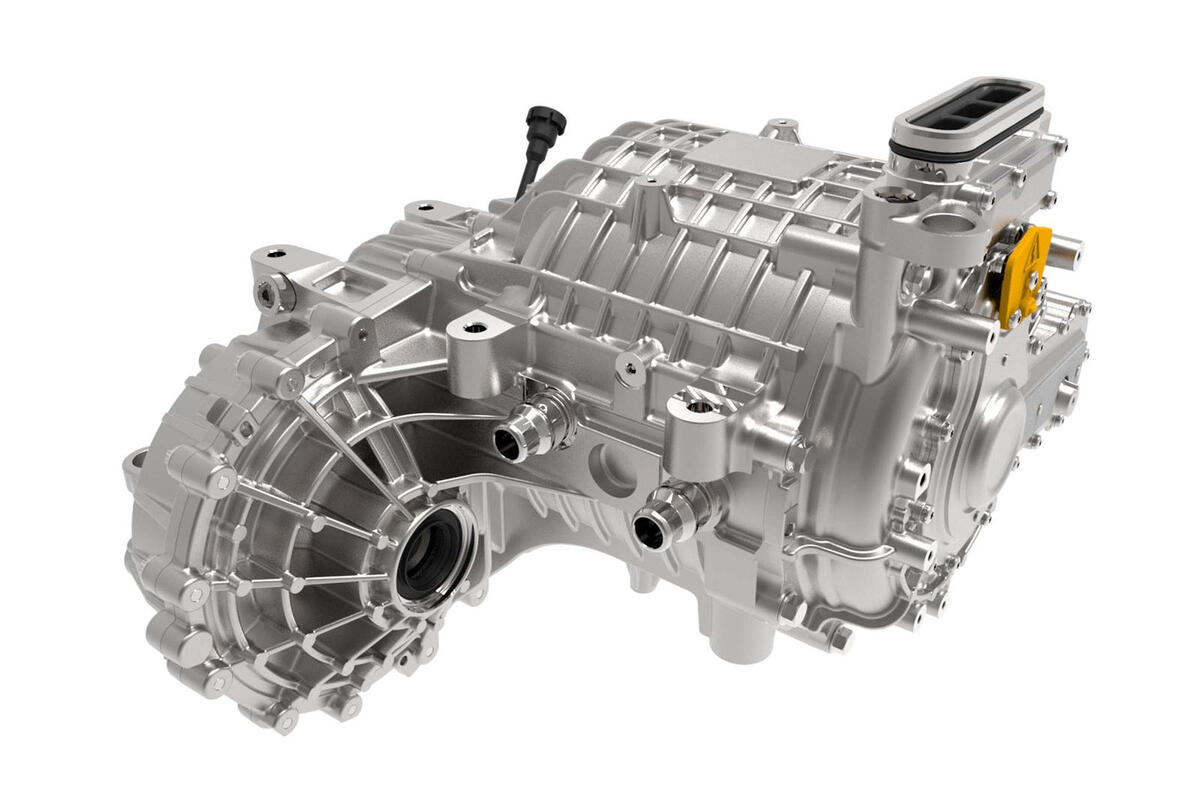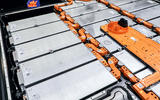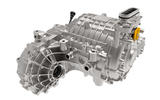One thing not talked about much in the roll-out of EVs generally is what happens if a high-voltage battery fails before its time.
Actually, it’s no mystery, and from the word go it’s been possible to fix a battery by swapping out a faulty module for a new one. The fact is, though, that even early players such as Nissan and BMW found it was an extremely rare occurrence, with batteries lasting well into old age, albeit with a predictable drop in capacity.
But still, the logistics of battery repair have to be factored in to an EV’s life. Porsche, for example, expects half of its new car sales to be fully electrified by 2025, with that figure increasing to 80% by 2030. Not surprisingly, it has been thinking about how it will repair a high-voltage battery in one of its cars if necessary, right through from the design phase.
What that entails is going beyond the normal process of making sure it’s feasible to produce a component by also ensuring its design is as simple as possible to allow for repair later in its life if necessary. A Porsche Taycan battery casing is designed to be opened, giving access to the 28 or 33 modules. The number installed depends on whether the battery is the standard, 79.2kWh, single-deck version or the two-deck 93.4kWh option. If a module becomes defective, it’s identified in the service centre using a diagnostics tester that compares the voltages of the modules.
A low voltage gives the game away and the module is swapped out for a new unit. In common with other EV manufacturers, Porsche’s strategy is to give a second life to batteries that no longer have the performance to power a car but still work. Rather than just whipping a battery out from under the car and plugging it in to a stationary system, though, the plan is to dismantle the batteries down to module level, so the individual modules can be installed in stationary ‘energy carriers’.
The company is tweaking its service network to match the new technology, too, with high-voltage (HV) support centres backed up by regional hubs if there’s no HV base locally. A battery can also be fixed in situ by ‘flying doctors’ who can repair a battery on site.
What isn’t clear yet is how, elsewhere in the group, Volkswagen’s new ‘unified cell’ strategy, which moves away from modules containing many individual cells to ‘Cell2Pack’ and then ‘Cell2Car’, will affect repairs of its batteries. In the first case the battery pack will be made up of individual cells, skipping the module stage, while in ‘Cell2Car’, the rectangular unified cells will be installed directly into the car’s structure like cassettes. In July, Volkswagen announced it had “entered the global battery business”, forming a new company, PowerCo, and breaking ground on a new facility at its Salzgitter plant to manufacture battery cells.
GKN leads drivetrain race








Add your comment